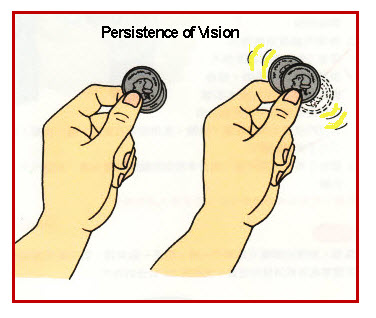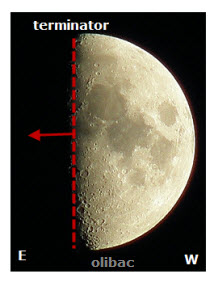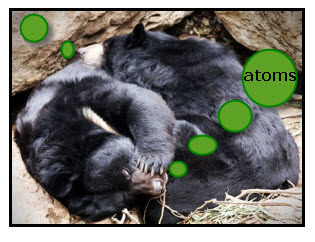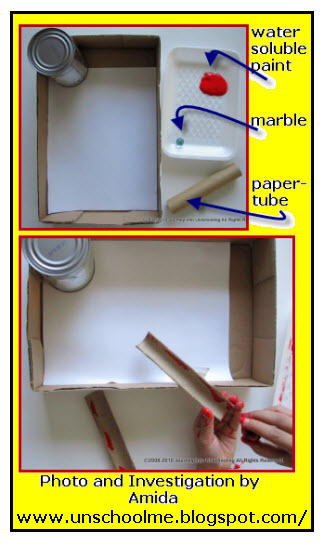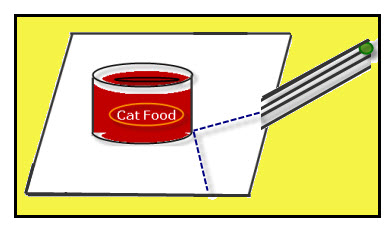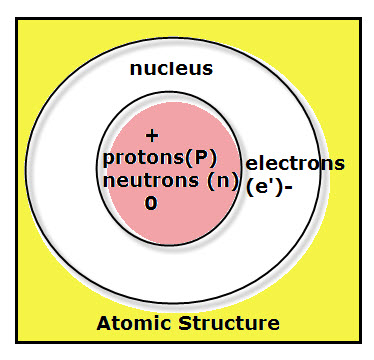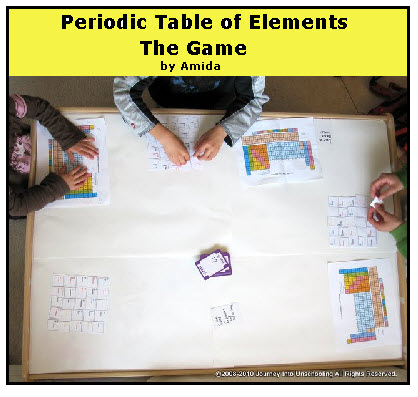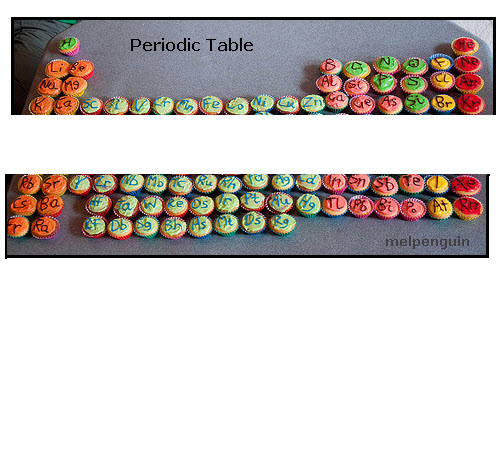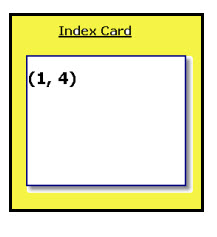Question: What is persistence of vision? Answer: The retention of an image on the retina after the object has moved. Discover for Yourself: 1. Hold two identical coins together between your thumb and index finger. (One coin on top of the other.) 2. Quickly rub the coins against each other so that they slide back […]
Direction of the Moon’s Terminator
Question: How can one identify a waxing Moon from a waning Moon? Answer: The Moon’s terminator is an imaginary line dividing the lit and unlit parts of the Moon disk seen from Earth. A waxing Moon is growing. This means its lighted part is increasing. A waning Moon is shrinking. This means its lighted part […]
Atomic Theory
I like reading about the history of science. Some of the ideas of scientist of the past seems so silly. How could such smart people have such dumb ideas? But, then I wonder if the scientific facts we are learning today will seem silly to people in the future. Maybe! But for now let’s have […]
Atomic Model
The best part about writing on a blog/website is the interaction with other educators. For example, I recently posted an investigation about rolling a marble toward an object and observing the path of the marble before and after it hit the object. The investigation models how scientists discovered the parts of an atom without being […]
Atomic Models
I am a visual learner and often make models so that I can understand a concept. Since I seem to be challenged when it comes to spacial orientation, I need models for things that are three dimensional. For example, atoms and their parts and especially how scientists find out about the parts of atoms without […]
Subatomic Parts
Did You Know? Atoms have a central area called the nucleus. Protons are positively charged particles in an atom’s nucleus. Also in the nucleus are neutrons, particles with no charge. Neutrons and protons have about 2000 times as much mass as do electrons, thus the nucleus is the most massive part of the atom. While […]
Periodic Table Game
I am having so much fun sharing ideas about the periodic table of elements. The photo above came from Amida, a homeschool mom who not only took the photo but created the game being played. What really amazes me is that she created and made the game pieces YESTERDAY!!! This game is still in the […]
Periodic Table: Game for Kids
Would you eat an Arsenic cupcake? Obviously you would not. But, the cupcakes shown have symbols for different elements written in icing, including arsenic. I am very excited about the responses received about the periodic table activities. I ask for ideas for games related to the periodic chart and a received the following from Amida. […]
Periodic Table
This Unit on the Periodic Table is being developed. In other words, I am writing the activities in response to your feed back. Please read the activities and let me know how they can be changed to make them more useful. When applicable, I will use your questions. For example: Question: Why is the periodic […]
Periodic Table
Chemistry is such a fun course and so applicable to daily living. I’ve been thinking about an interesting way for kids of all ages to learn more about chemistry. One of the most important chemistry learning tool is the periodic table. So, I have designed an activity that introduces some of the elements on the […]
- « Previous Page
- 1
- …
- 69
- 70
- 71
- 72
- 73
- …
- 96
- Next Page »
